If you're a bad sleeper, you probably think you've heard every trick in the book.
Still, we're willing to bet you've never heard of the "4-7-8" breathing technique that will put you to sleep every single time.
While we can't guarantee this trick will work for everyone, there's lots of anecdotal evidence to back up the claims.
People say that following the simple breathing pattern every night at bedtime soothes away worries and concerns, while letting sleep flow peacefully in.
If you've already decluttered your life of bad habits that are keeping you from falling back asleep, this breathing technique might just be the next step you need.
It's a really simple routine that anyone can incorporate into their nightly rituals. Just get cozy and comfy in bed, turn off the lights, and shut your eyes.
After following these six simple steps, you'll be off in dreamland before you know it.
Scroll through to learn how!
What Is Insomnia?

"Insomnia" is a medical term that refers to any condition where you're unable to fall asleep at night, or where you're unable to stay asleep.
Insomniacs often report lying awake for hours for no particular reason, racing thoughts that keep them from sleeping, and daytime anxieties that come back to keep them from relaxing at night.
Folks who wake up often fall asleep with no problem, but wake between the hours of 2 and 5 a.m., and aren't able to drift back to sleep.
How Can Breathing Help Insomnia?
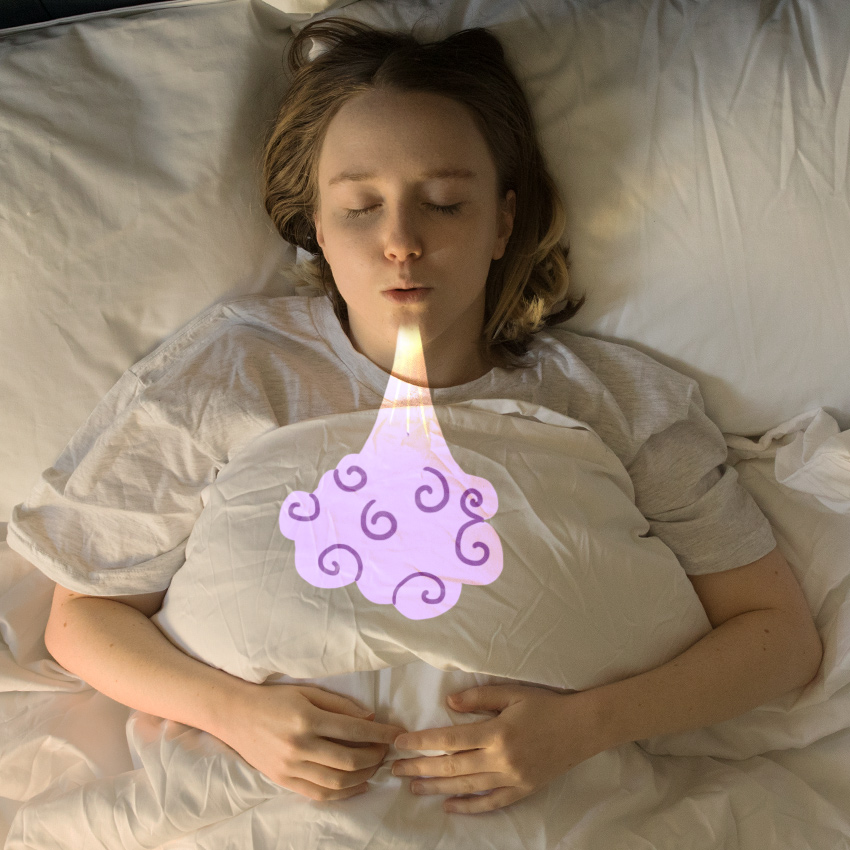
Breathing isn't just a vital ingredient in keeping your body going, it's also a powerful signal to your brain.
When you're relaxed, you breathe more slowly because you don't need you heart and brain working at a fast pace.
By the same token, you can actual make yourself relax by deliberately slowing your breathing, which slows your heart rate. This means that oxygen reaches the brain at a more relaxed speed.
You can actually control your stress levels by adjusting the way you breathe.
What Is The "4-7-8" Breathing Technique? Step #1: Press Tongue To The Roof Of Your Mouth
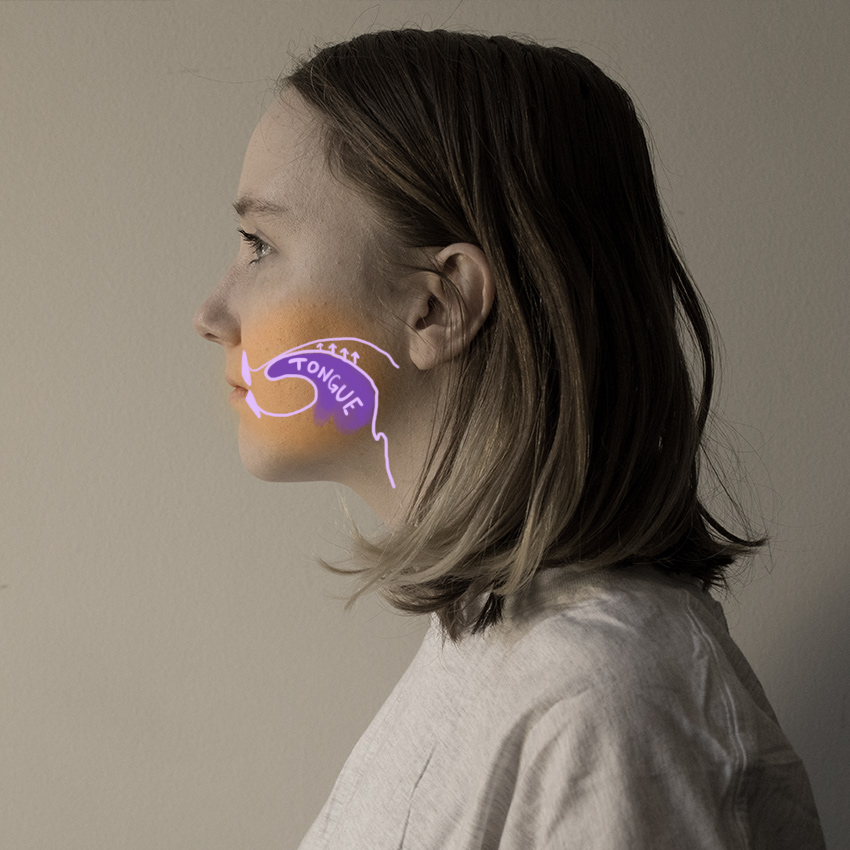
If you want to use this breathing technique to nod off to sleep at night (or get back to sleep) you just need to follow six simple steps.
Memorize them while you're still awake and sitting up to make it easier to follow the pattern when you're ready to go to bed.
First, press your tongue firmly against the roof of your mouth, keeping your mouth closed.
Your tongue will stay pressed to the roof of your mouth throughout the exercise, which stimulates the vagus nerve and triggers a calming sensation in your brain.
Step #2: Exhale Out
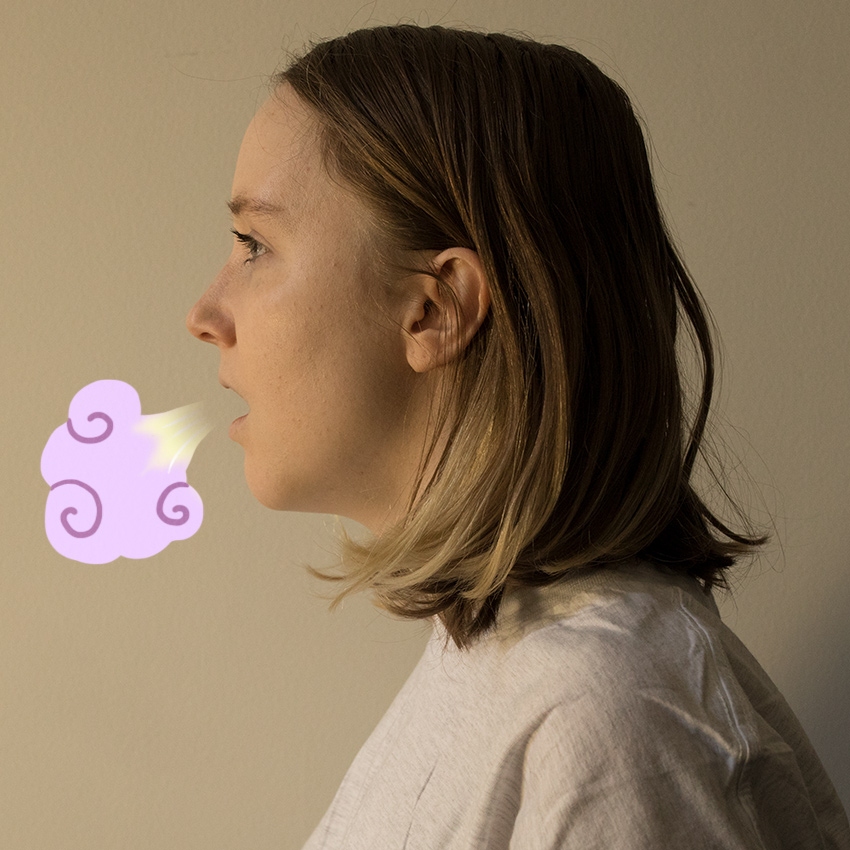
Next, exhale all of the air you already have in your lungs; it doesn't matter how much or how little.
The idea is that you want to start on a clean slate with your lungs totally empty, or as close as possible.
People who practice yoga will recognize this breathing practice as a common way to begin a breathing exercise.
Step #3: Breathe In Through Your Nose For A Count Of Four
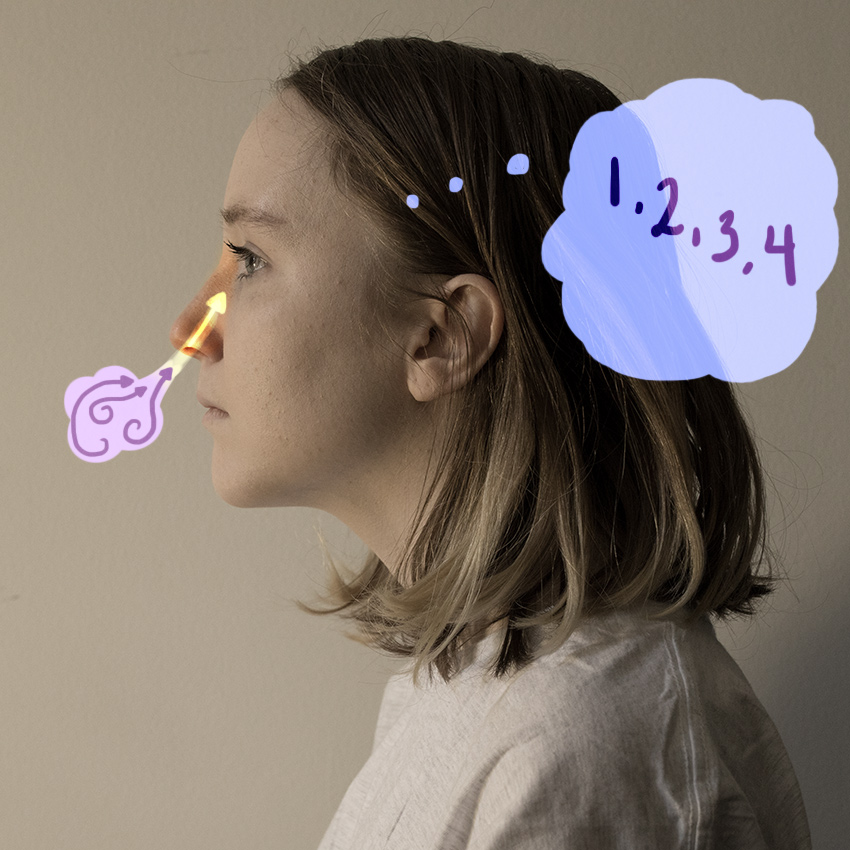
Now, breathe in through your nose for a count of four. This should feel like four beats in a piece of music.
For this step, you want to make sure your mouth remains closed and you are only taking air in through the nose.
Why the nose? Some experts believe that it's the perfect way to breathe, because the air comes in more slowly and allows the body more time to extract oxygen.
Step #4: Hold Your Breath For A Count Of Seven
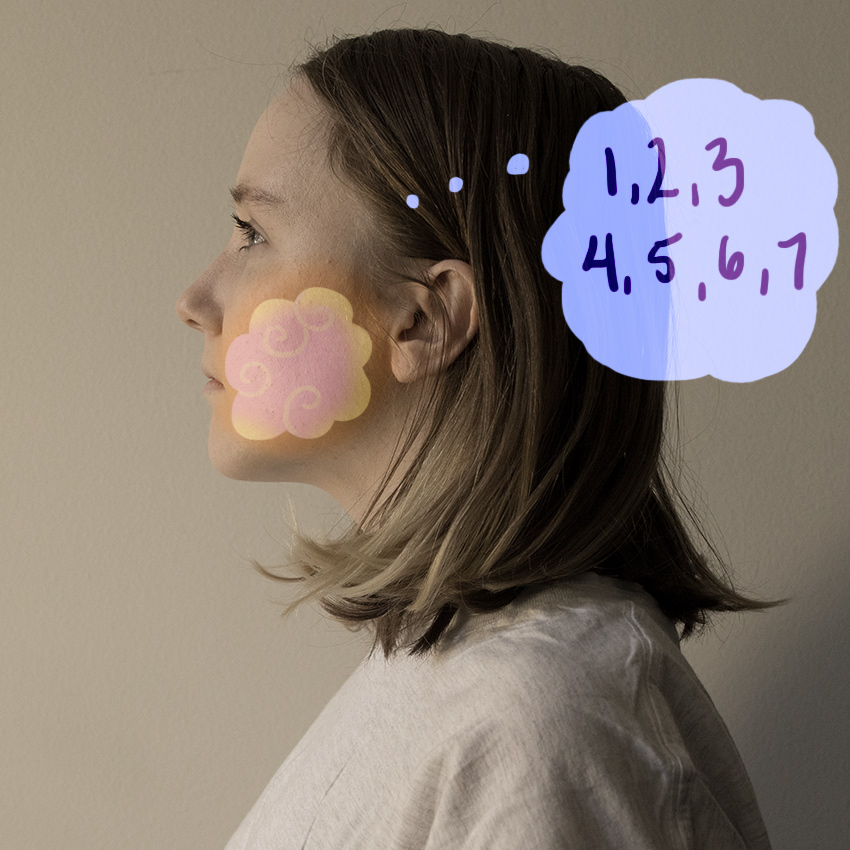
After four beats of inhaling, pause and hold your breath for a count of seven. Most adults can hold their breath for 30 seconds, so seven shouldn't be a problem.
However, if you can't tolerate the seven seconds, start with a smaller amount (like four) and work your way up.
Holding your breath is another technique that stimulates the vagus nerve, sending a calming message throughout the body. It also allows more time for oxygen to enter your bloodstream.
Holding your breath for longer than seven seconds will generally not improve your experience, because your body might start to panic and gasp for air.
Step #5: Blow Air Out Through Your Mouth For A Count Of Eight
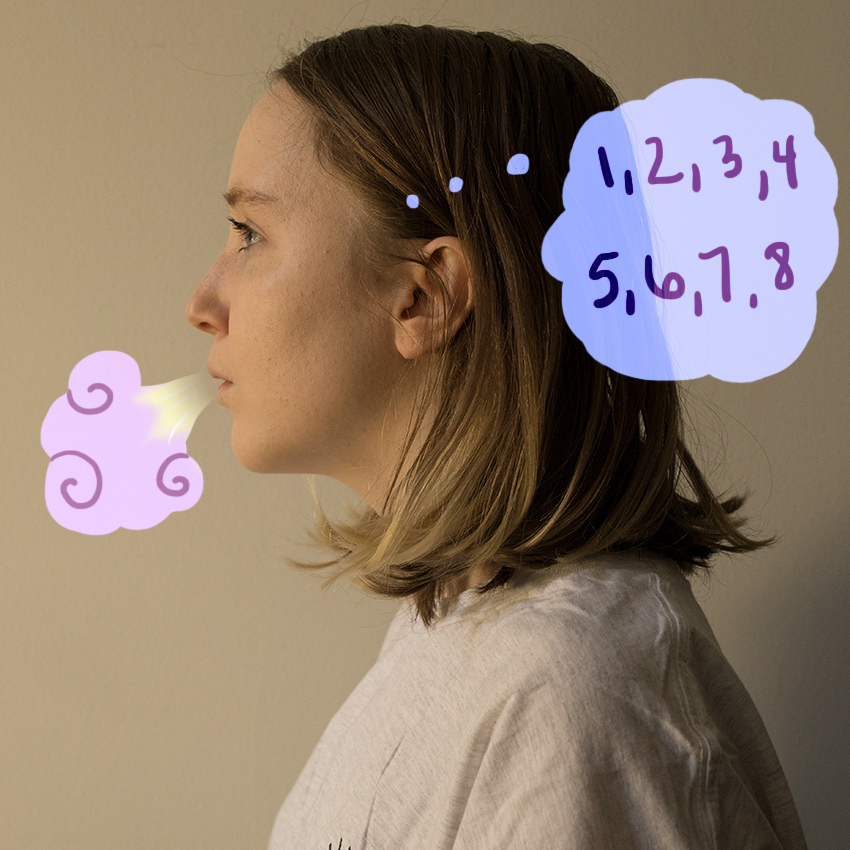
Next, purse your lips and gently blow out all of the air in your lungs for a count of eight.
You want to make sure you are blowing out in one long continuous stream without stuttering or stopping.
Try to exhale as slowly as possible. Try not to finish your exhale before eight beats.
However, don't worry if it takes you a bit longer than eight beats.
Step #6: Repeat Until You Fall Asleep!

Now that you have the steps memorized, your next move is simple.
Lie down in bed and simply repeat the "4-7-8" breathing steps over and over again.
Focus on nothing but the numbers and the count. Within a few repetitions, you should be fast asleep!
Have you ever tried this technique before?
Let us know in the comments, and don't forget to SHARE this idea with friends and family!




